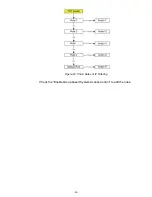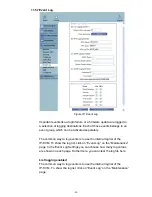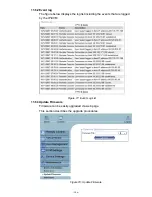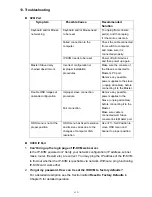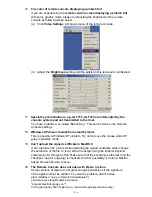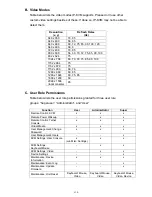
-103-
To access a remote device using the RADIUS protocol you have to login, first.
You are asked to specify your user name and password, then. The RADIUS
server reads your input data (Authentication) and the IP-KVM looks for your
profile (Authorization). The profile defines (or limits) your actions and may differ
depending on your specific situation. If there is no such profile your access via
RADIUS will be refused. In terms of the remote activity mechanism the login via
RADIUS works similar to the Remote Console. If there is no activity for half an
hour your connection to the IP-KVM will be aborted and closed.
Server
Enter either the IP address or the hostname of the RADIUS Server to connect to.
For the hostname DNS has to be configured and enabled.
Shared Secret
A shared secret is a text string that serves as a password between the RADIUS
client and RADIUS server. In this case the IP-KVM serves as a RADIUS client.
A shared secret is used to verify that RADIUS messages are sent by a
RADIUS-enabled device that is configured with the same shared secret and to
verify that the RADIUS message has not been modified in transit (message
integrity). For the shared secret you can use any standard alphanumeric and
special characters. A shared secret may consist of up to 128 characters in length
and may contain both lowercase and uppercase letters (A-Z,a-z), numerals (0-9)
and other symbols (all characters not defined as letters or numerals) such as an
exclamation mark (!) or an asterisk (*).
Authentication Port
The port the RADIUS server listens for authentication requests.
Default value is #1812
Accounting Port
The port the RADIUS server listens for accounting requests.
Default value is #1813
Timeout
Sets the request time-to-live in seconds. The time-to-live is the time to wait for the
completion of the request. If the request job is not completed within this interval of
time it is cancelled. The default value is 1 second.
Retries
Sets the number of retries, if a request could not be completed.
Default value is 3


